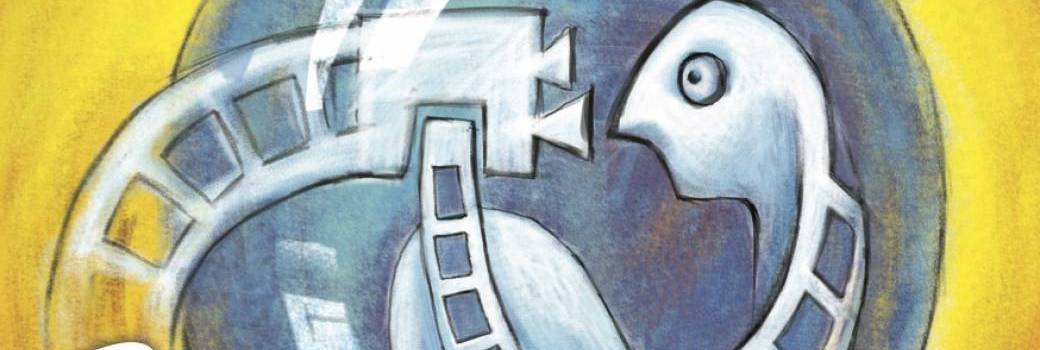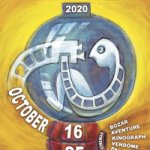

Hanté par des images de l’usine dans laquelle il a travaillé pendant 30 ans, Marc Coton part à la rencontre de ses anciens collègues afin de trouver réponse à une question laissée en suspens par la fermeture brutale de ce fleuron industriel. “À présent que l’usine a fermé, que sommes-nous devenus ?”
Haunted by the images of the factory in which he worked for 30 years, Marc Coton meets his former colleagues in an attempt to answer the question left open by the sudden closure of the industrial flagship: “What has become of us now that the factory has closed?”
Achtervolgd door de beelden van de fabriek waar hij 30 jaar had gewerkt, ontmoet Marc Coton zijn voormalige medewerkers om de vraag te beantwoorden die nog open is na de sluiting van de industriële vlaggenschepen: “Wat is er van ons geworden?”
Divinations
Des enfants de Bruxelles, d’Athènes et de Sarajevo déploient des bandes transparentes de ruban adhésif dans les rues où ils grandissent. Quand ils les enlèvent, une empreinte de la ville se dessine : poussière, sable, emballages de bonbons, insectes, verre, peluche... Un journal ultra-réaliste qui s’anime à travers une vieille lanterne magique. Toutes ces formes et ces images nous renseignent-elles déjà sur l’avenir ?
What kind of future can be read in the impersonal fragments of our reality? With the help of an old magic lantern, the director asked children from Brussels, Athens and Sarajevo to project their own impressions, dreams and fears onto countless abstract patterns. The result is a form of “magical reading”, as the perception of unforeseen correspondences and constellations that confront us with the undercurrent of the present.
Kinderen in Brussel, Athene en Sarajevo verspreiden transparante stroken tape in de straten waar ze opgroeien. Als ze ze afdoen, verschijnt er een afdruk van de stad: stof, zand, snoepwikkels, insecten, glas, pluche... Een ultrarealistische krant komt tot leven door een oude toverlantaarn. Vertellen al deze vormen en beelden ons al iets over de toekomst?
Kamikaze
Philippe Vandenberg est l'un des artistes belges après-guerre les plus radicaux. Il se suicide en juin 2009. Dix ans plus tard, son atelier ouvre à nouveau ses portes. Un plan-séquence survole ses oeuvres, ses attributs, ses sources d'inspriration et ses souvenirs. Les archives sont projetées en parallèle. Ils ramènent le peintre dans son atelier.
Philippe Vandenberg is one of the most radical, post WWII Belgian artists. In June of 2009 he decided to end his own life. Ten years later, his workshop opens its doors again. A single shot slides along his work, attributes, sources of inspiration and memories. Along the way images are projected inside the shop. These images bring the artist back to his workshop.
Philippe Vandenberg is een van de meest radicale naoorlogse Belgische kunstenaars. In juni 2009 stapt hij uit het leven. Tien jaar later opent zijn atelier opnieuw de deuren. Eén lang shot glijdt er over zijn werken, attributen, inspiratiebronnen en herinneringen. Onderweg worden archiefbeelden geprojecteerd. Ze brengen de schilder terug naar zijn atelier.